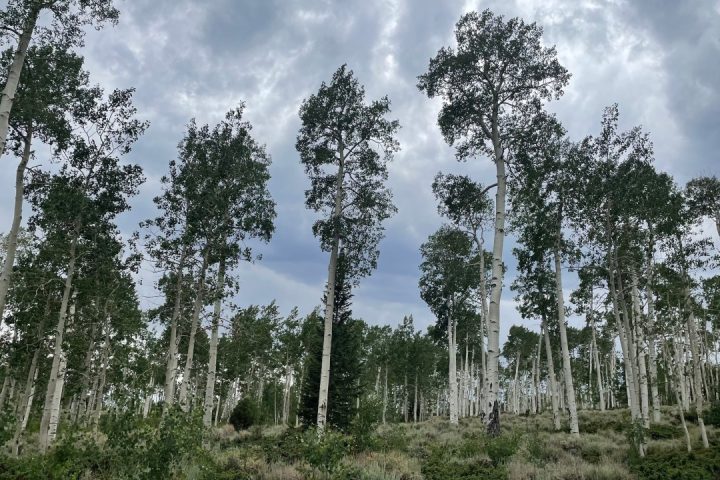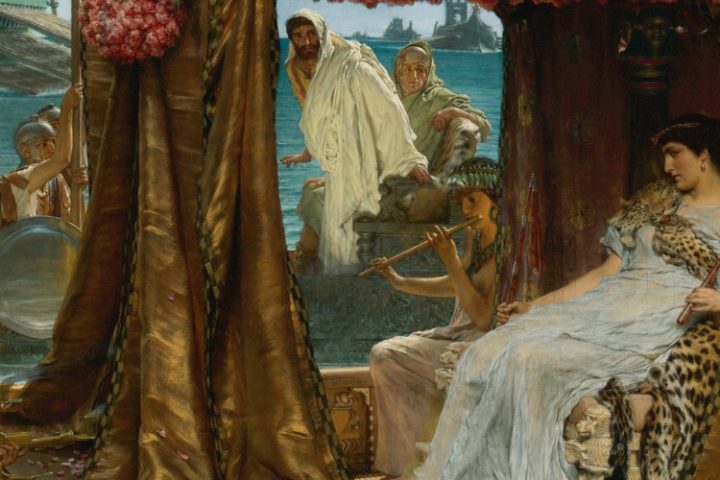For the first time in at least a billion years, two life forms have merged into a single organism.
This process, called primary endosymbiosis, has only happened twice before in the history of the world. The first time it led to the emergence of all complex life as we know it, thanks to mitochondria. The second time, it gave rise to plants.
Now, an international team of scientists is once again observing an evolutionary event between a bacterium and a species of algae common in the ocean.
“Our prediction is that when the two life forms merged for the first time, it led to the emergence of all complex life,” said Tyler Coale, a postdoctoral researcher at the University of California, Santa Cruz in Santa Cruz County, USA. Coale led one of the last two studies to uncover this phenomenon.
Everything more complex than a bacterial cell owes its existence to this event. About a billion years ago, it happened again with the chloroplast, giving us plants.
In the process, the algae engulf the bacterium, providing it with nutrients, energy and protection, and in return the bacterium enables it to perform functions that it was previously unable to perform. In this last case, the bacteria enables the algae to make the nitrogen in the air useful.
The algae then incorporates the bacterium as an internal organ called an organelle, which makes it vital for the host to function.
In making this discovery, researchers from the US and Japan said it would provide new insights into the evolutionary process and has the potential to fundamentally change agriculture.
“This system brings a new perspective on nitrogen fixation and may provide clues to integrating such an organelle into cultivated plants,” said Dr. Coale.
Papers detailing the research were published in the scientific journals Science and Cell.
Scientists from the Massachusetts Institute of Technology (MIT), the University of Rhode Island, the University of California San Francisco campus and Santa Cruz campus, Lawrence Berkeley National Laboratory, the Institute of Marine Sciences in Barcelona, the National Ocean University of Taiwan, and the University of Kochi in Japan participated in this research.





